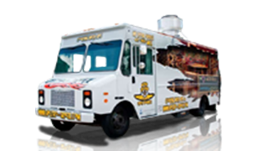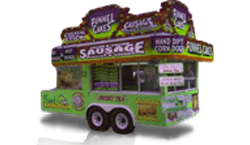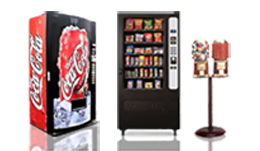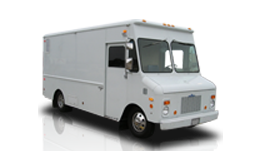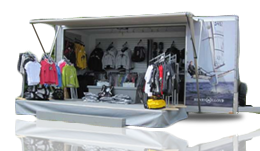How to Survive Extreme Heat Inside Your Skoolie This Summer
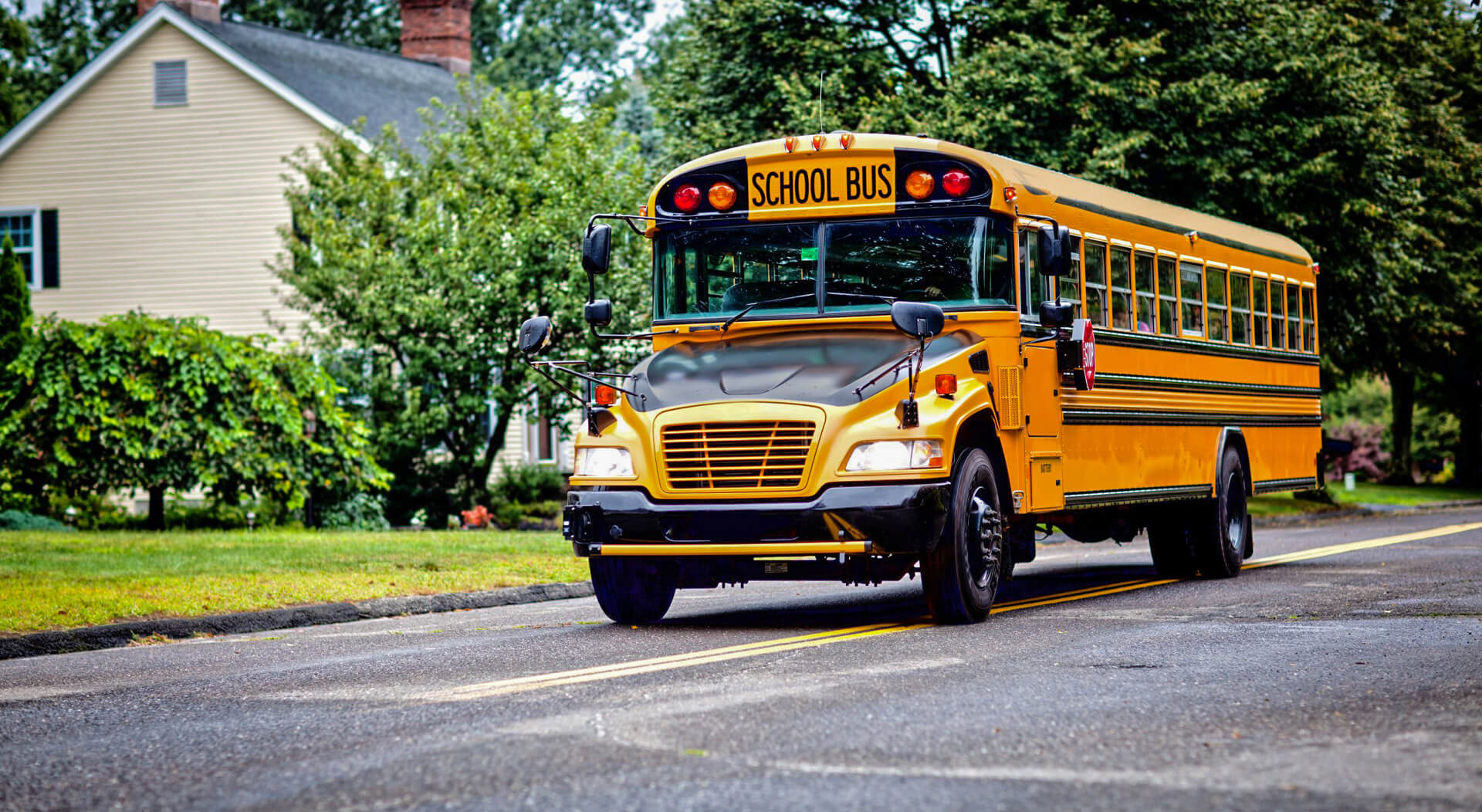
The most important challenge to people living in skoolies is temperature control. Unlike traditional homes that are easily installed with heaters and air conditioners, upcycled homes like skoolies actually require specific methods for cooling them.
If you’re a mobile home resident, for sure you’d want to make its entire environment comfortably livable at all times, wouldn’t you? Here are what experts suggest when it comes to effective temperature control methods inside your tiny house-on-wheels.
What’s Inside
4 Ways to Survive the Heat Inside the Skoolie
Experts claim that these 4 methods below are guaranteed to effectively cool your school bus-turned-house during the summertime.
1. Insulate the walls, floors and ceiling.
2. Cover the windows using a reflective covering and then pick a well-shaded area to park your property-on-wheels.
3. Add insulative ceramic paint to the roof as an added barrier.
4. Install a high-powered fan for direct cooling.
Wall, Floor and Ceiling Insulation
Proper insulation is the best way to maintain temperature control inside houses made from renovated buses. However, the walls require insulation different from that used in floors, ceilings and roofs. Using the wrong type of insulation will only promote the growth of mold and mildew, creating a vapor blockade and consequently defeating the purpose. In addition, it’s best to insulate the areas between any existing wood framing. Lastly, one type or a combination of various insulation types is advantageous for each area.
For bus floors which are typically square and without curvatures, experts advise bus owners to use the traditional foam board insulation, in particular, the Polyisocyanurate Board insulation. Aside from being heat resistant, it’s fire retardant and mold resistant as well.
When installed right, the 0.4-inch thick board will serve as a ‘vapor wall’ and therefore can prevent molds from thriving. But first, you have to ensure that your skoolie framing should also be thicker in order to match the thickness of the said board. Should there be any difference, a spray insulation can best remedy the situation.
While foam board insulation works best for skoolie floors, spray insulation is the one suited for walls and ceilings. This is because the ceiling and the corners around the wheel wells have this certain curvature which can only be insulated effectively using a spray. Insulating these particular areas would be impossible if you proceed to using the traditional foam board since it still needs to be cut into shapes to fit into those difficult places.
Apart from ease of use, spray insulation keeps your house-on-the-go from producing ‘sweat’. As you know, the metal frame of the skoolie causes a natural condensation if temperatures inside and outside vary greatly. In the usual fiberglass or roll insulations, molds can develop. Whereas in spray insulation, the material used solidifies and therefore, condensation as well as mold production is prevented. For this job, experts recommend using the Dow Froth-Pak Spray insulation.
Window Covering and Calculated Parking
Shielding your skoolie windows with a reflective covering can trap the cool air inside, leaving no spaces from which to escape. If you opt to buy, experts suggest choosing Reflectix insulation for successfully covering the windows. How to get the right measurement? Simply press the reflectix insulation against your window. Trim it to the right size.
To make a more appealing insulation, make a pillow-like cover with which you can slip the material into but pick a black material that should face the outside. This way, onlookers and passersby could not catch any glimpse of what’s inside. Nonetheless, if you’re on a tight budget, you could instead use a band of duct tape around the edges to secure the insulation to your windows.
Further, parking your mobile home under one or two large trees is another fundamental but essential method of keeping the temperatures in your skoolie controlled. The thick foliage can shut the sunlight out and continue keeping your traveling home cool. But remember, you cannot do this if you’re using solar panels as a source of your bus electricity needs. Yet, you can always divide your time staying in the sun and under the shade.
Ceramic Insulative Painting for the Roof
You think that internal insulation can be enough? Well, experts swear that adding an insulative ceramic paint on the roof is much better. This can create an extra blockade that can complement or enhance other forms of cooling methods used in your house-on-wheels.
An insulative ceramic paint recommended by experts is Bus Kote – a UV and weather-resistant acrylic elastomeric roof coating. Likewise, it also does soundproofing other than waterproofing and insulating your skoolie roof. No worries about molds and mildew. Bus Kote does not fail under extreme temperatures.
Installation of High-powered Fan
You’ve got 2 options here – solar-powered or battery-powered fan, whichever is appropriate. While a high-powered direct current fan to be wired directly into your solar panel can take some time, a battery-run fan also takes periodic recharging. And you still need an inverter to be able to use your solar-driven fan. The top choice for solar use is the Caframo Ultimate Direct Wire Fan. Meanwhile, the leading choice for battery use is the Ryobi P3320. You can hang it in different locations using hooks and mounts.
At this time, you might be in need of an upgraded skoolie that can bring you to greater heights. Check out the widest selection at Used Vending. Click this page to find the skoolie of your dreams.


